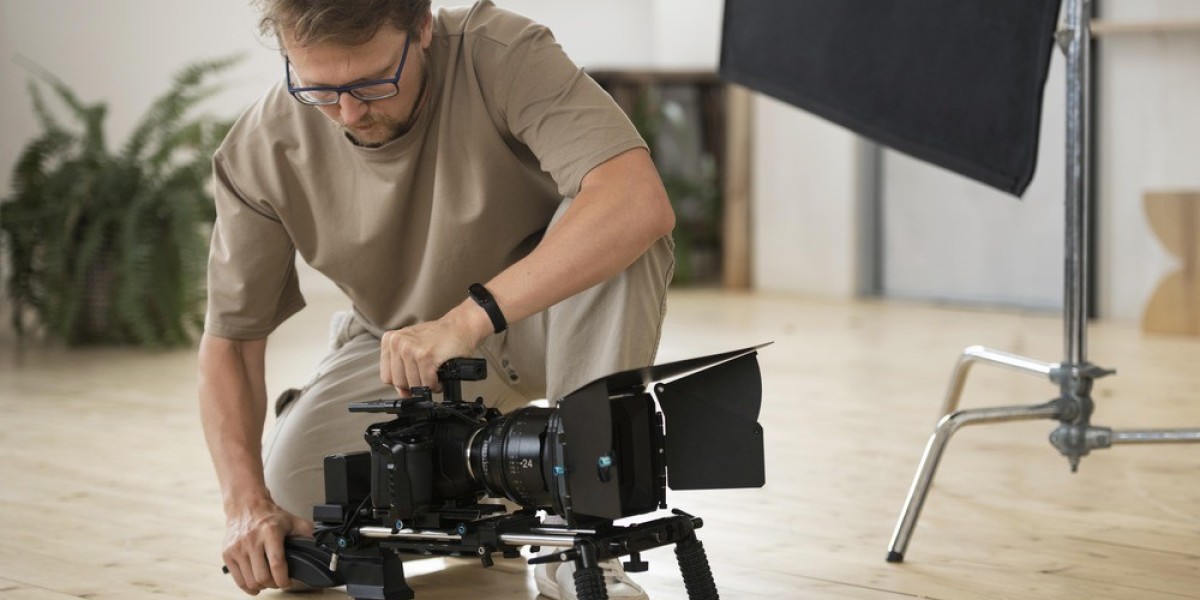In the glitz and glamour of Hollywood, it's easy to focus solely on the actors who grace the silver screen. However, behind every blockbuster film lies an army of dedicated professionals working tirelessly to bring cinematic magic to life. From the director calling the shots to the grips handling the equipment, the film production crew is the backbone of the industry, ensuring every frame is perfect. In this article, we'll shine a spotlight on these unsung heroes and explore the diverse roles that make up the intricate tapestry of the film industry jobs.
Lights, Camera, Action! The Key Players in Film Production Crews
The Director: At the helm of every film is the director, the creative mastermind responsible for shaping the vision of the project. From developing the script to guiding actors' performances, the director's role is central to the success of any production.
The Cinematographer: Often referred to as the director of photography (DP), the cinematographer is responsible for translating the director's vision into stunning visuals. They work closely with the camera crew to achieve the desired look and feel of each scene, using lighting, composition, and camera movement to evoke emotion and atmosphere.
The Production Designer: Charged with creating the visual world of the film, the production designer oversees everything from set design to costume selection. Working closely with the director and cinematographer, they ensure that every detail contributes to the overall aesthetic of the film.
The Editor: Once filming wraps, it's up to the editor to piece together the raw footage into a cohesive narrative. Using their keen eye for pacing and storytelling, editors shape the final product, fine-tuning each scene to perfection.
The Sound Designer: Often overlooked but essential to the immersive cinematic experience, the sound designer is responsible for creating and mixing the audio elements of the film. From dialogue to sound effects and music, they work tirelessly to ensure that every sound enhances the audience's emotional connection to the story.
The Grips: As the backbone of the camera department, grips are responsible for setting up and maintaining all the equipment needed to capture each shot. From rigging lights to building camera mounts, grips play a crucial role in bringing the director's vision to life.
The Gaffers: Working closely with the cinematographer, gaffers are responsible for lighting each scene to perfection. Using a combination of natural and artificial light, they create the mood and atmosphere that help tell the story visually.
The Production Assistants: Often the unsung heroes of the set, production assistants (PAs) perform a variety of tasks to keep the production running smoothly. From fetching coffee to wrangling talent, PAs are the glue that holds the crew together.
The Special Effects Team: In an age of digital wizardry, the special effects team is responsible for bringing fantastical elements to life on screen. Whether it's creating lifelike creatures or jaw-dropping explosions, these talented individuals use a combination of practical and digital effects to dazzle audiences.
The Diversity of Film Industry Jobs
The film industry offers a wide range of career opportunities, catering to individuals with diverse skill sets and interests. From creative roles like directing and writing to technical positions like cinematography and sound engineering, there's something for everyone in the world of film production.
For those with a passion for storytelling, jobs in screenwriting and directing offer the chance to bring their visions to life on the silver screen. Writers craft the scripts that serve as the foundation for every film, while directors guide the creative process from start to finish.
For those with a flair for the visual arts, roles in production design and costume design allow individuals to flex their creative muscles and create immersive worlds for audiences to explore. From elaborate sets to intricate costumes, these professionals play a crucial role in shaping the look and feel of a film.
Technical-minded individuals may find their calling in roles like cinematography, editing, and sound design, where they can use their technical expertise to enhance the visual and auditory aspects of a film. From capturing breathtaking landscapes to creating pulse-pounding soundscapes, these professionals are essential to the filmmaking process.
Even those without formal training or experience can find opportunities to break into the industry as production assistants or interns, where they can gain valuable hands-on experience and learn from seasoned professionals. With dedication and hard work, entry-level positions can lead to rewarding careers in film production.
Conclusion
While actors may take center stage, it's the dedicated professionals behind the scenes who truly bring films to life. From the director shaping the vision to the grips handling the equipment, every member of the production crew plays a vital role in creating cinematic magic. With a wide range of career opportunities available, the film industry offers something for everyone, from creative visionaries to technical wizards. So, the next time you sit down to watch a movie, take a moment to appreciate the unsung heroes working behind the scenes to make it all possible.



